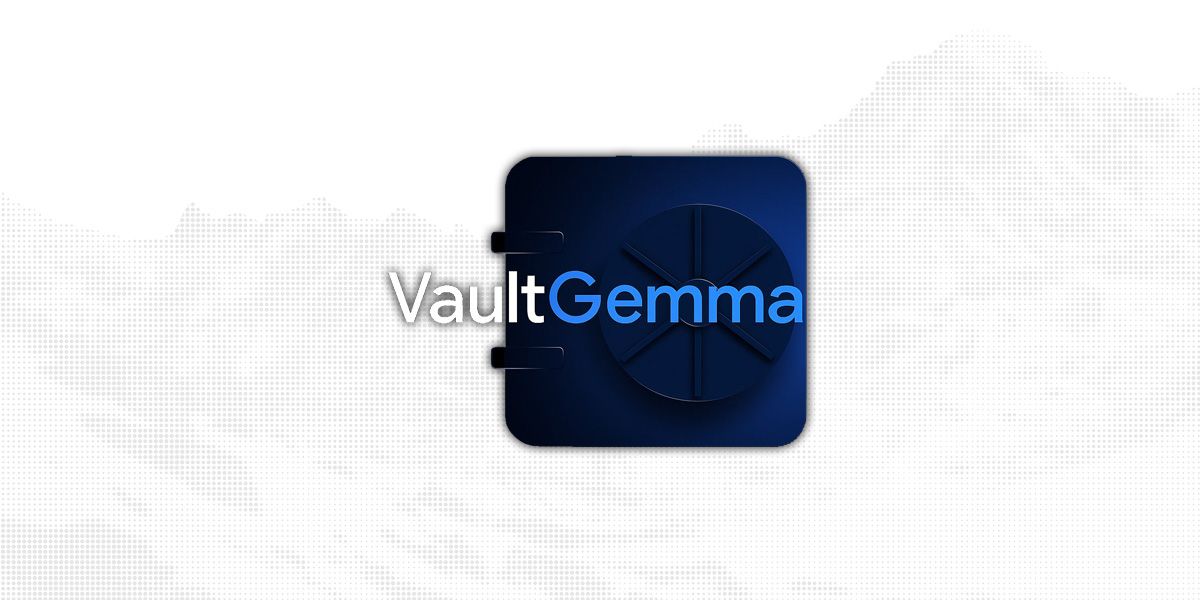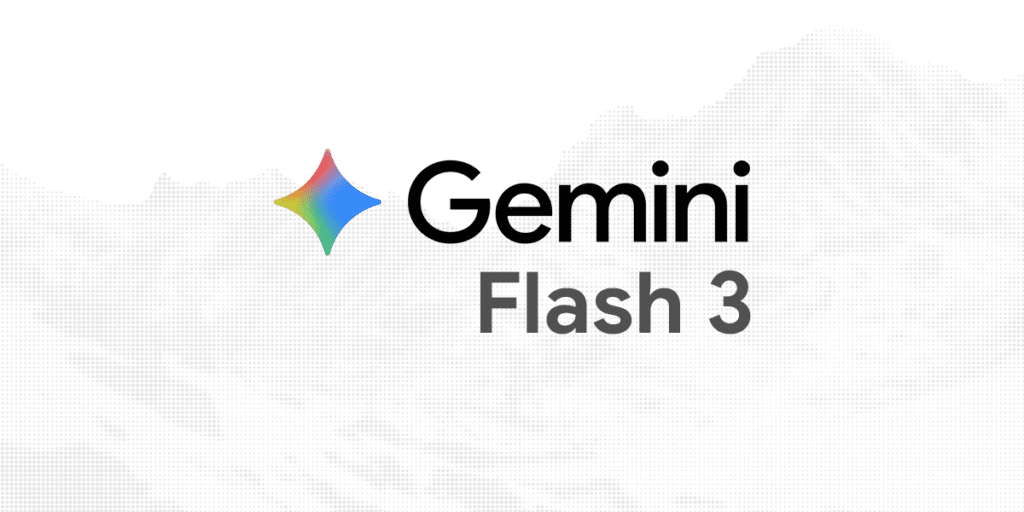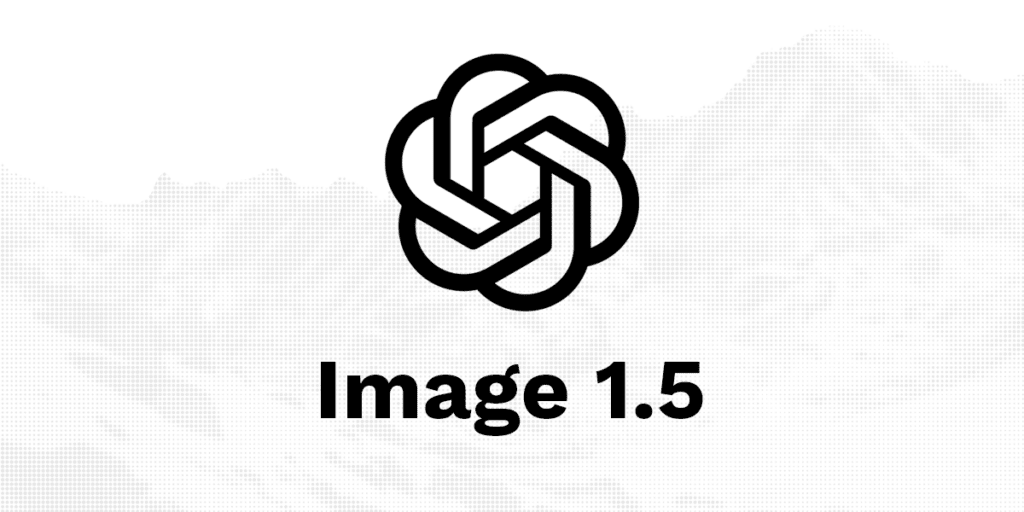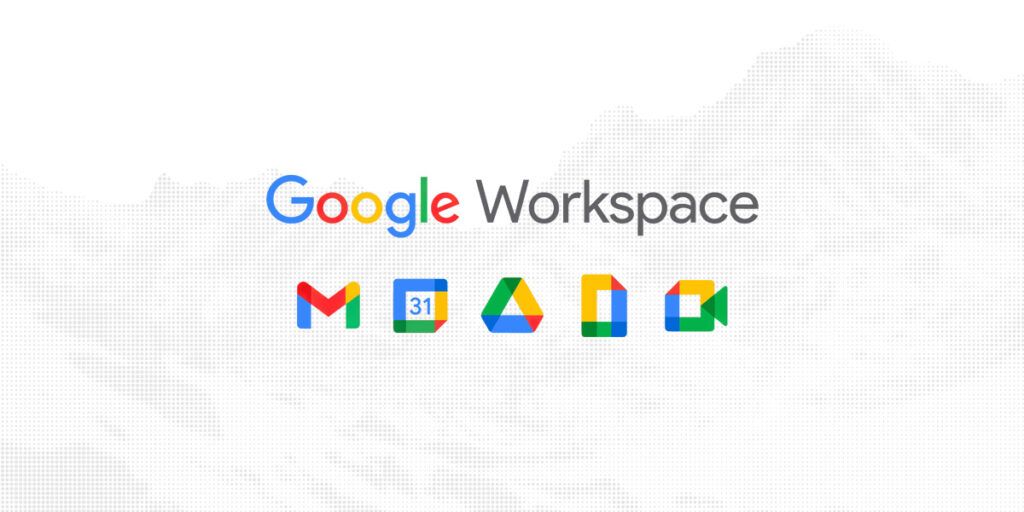On the 12th of September 2025, Google Research and DeepMind released VaultGemma, a 1-billion parameter large language model that represents the first major open-source LLM trained entirely from scratch with differential privacy. This release marks a significant step in addressing one of AI’s most pressing challenges: balancing powerful capabilities with robust data protection.
What is VaultGemma?
VaultGemma is built on Google’s proven Gemma architecture but incorporates differential privacy (DP) at its core from the very beginning of training. Unlike traditional approaches that retrofit privacy measures onto existing models, VaultGemma embeds mathematical privacy guarantees directly into its training process through carefully calibrated noise injection.
The model provides sequence-level differential privacy with parameters of ε ≤ 2.0 and δ ≤ 1.1e-10, meaning it’s statistically impossible for the model to reproduce any individual training sequence, even when prompted with partial text from its training data. This represents a fundamental shift from treating privacy as an afterthought to making it a core design principle.
Key benefits and capabilities
VaultGemma addresses critical privacy concerns that have plagued the AI industry. Traditional large language models are susceptible to memorization attacks where sensitive or personally identifiable information can be extracted through targeted prompting. VaultGemma eliminates this risk entirely – empirical testing showed no detectable memorization of training data when the model was prompted with 50-token prefixes from its training corpus.
The model offers several advantages for organizations handling sensitive data:
Privacy by design: Unlike fine-tuning approaches that apply privacy measures afterward, VaultGemma ensures privacy protection from the foundational training phase. This approach provides mathematically backed guarantees that individual data points cannot significantly influence the model’s outputs.
Open source accessibility: Google has released VaultGemma’s weights on both Hugging Face and Kaggle platforms, democratizing access to privacy-preserving AI technology. This open approach enables researchers and developers to build upon the model without starting from scratch.
Enterprise-ready applications: The model is particularly suited for privacy-sensitive sectors like healthcare, finance, and government services where data protection regulations are stringent. Organizations can now leverage powerful AI capabilities while maintaining compliance with regulations like GDPR and HIPAA.
Trade-offs and limitations
VaultGemma’s privacy-first approach comes with inherent performance trade-offs. The model achieves performance comparable to GPT-2 (1.5B parameters) from approximately five years ago, highlighting the current computational cost of privacy protection. Benchmark results show VaultGemma scoring 39.09 on HellaSwag, 62.04 on BoolQ, and 68.00 on PIQA – respectable but not cutting-edge performance.
Computational overhead: Training with differential privacy requires specialized hardware and significantly more computational resources. Google used TPUv6e hardware and reported a 33% increase in FLOPs compared to standard training. The need for per-sample gradient clipping and noise addition creates substantial memory requirements and reduces training throughput.
Utility gap: While VaultGemma demonstrates that high-utility private models are achievable, there remains a measurable performance gap compared to non-private models of similar size. This reflects the fundamental privacy-utility trade-off that currently characterizes the field.
Implementation complexity: Despite being open-source, deploying VaultGemma requires significant infrastructure investment and specialized expertise in differential privacy techniques. Organizations must carefully balance privacy parameters with performance requirements for their specific use cases.
Community and industry response
The AI community has responded positively to VaultGemma’s release, with particular enthusiasm from privacy advocates and researchers working in sensitive domains, among which DataNorth AI. Industry analysts view it as a significant step toward “responsible AI development” that could set new standards for how the industry approaches privacy.
Research impact: The release includes comprehensive technical documentation and scaling laws for differential privacy, providing the research community with a reproducible benchmark for future private AI development. This has been praised as democratizing access to cutting-edge privacy-preserving techniques.
Enterprise adoption potential: Early discussions suggest strong interest from regulated industries, though implementation challenges around computational requirements and the performance gap remain concerns. Some organizations are exploring hybrid approaches that combine VaultGemma for sensitive operations with higher-performing models for general tasks.
Technical community feedback: Privacy researchers have highlighted VaultGemma as validation that meaningful differential privacy can be achieved at scale without completely sacrificing utility. However, some critics note that the performance trade-offs may limit adoption in applications requiring state-of-the-art capabilities.
Future implications
VaultGemma represents more than a technical achievement – it signals a potential paradigm shift toward privacy-conscious AI development. The model demonstrates that organizations will no longer need to choose between powerful AI capabilities and robust data protection, though optimization challenges remain.
Google’s research suggests that the utility gap between private and non-private models can be systematically narrowed through continued research on differential privacy mechanisms. The company’s decision to open-source both the model and its training methodologies indicates a commitment to collaborative advancement in privacy-preserving AI.
The release positions privacy as a competitive advantage rather than a constraint, potentially influencing how other major AI developers approach data protection in their own models. As regulatory scrutiny of AI systems intensifies globally, VaultGemma’s approach of embedding privacy from the ground up may become the industry standard rather than the exception.
If you want to read more on this new model you can do so at the official Google VaultGemma announcement







